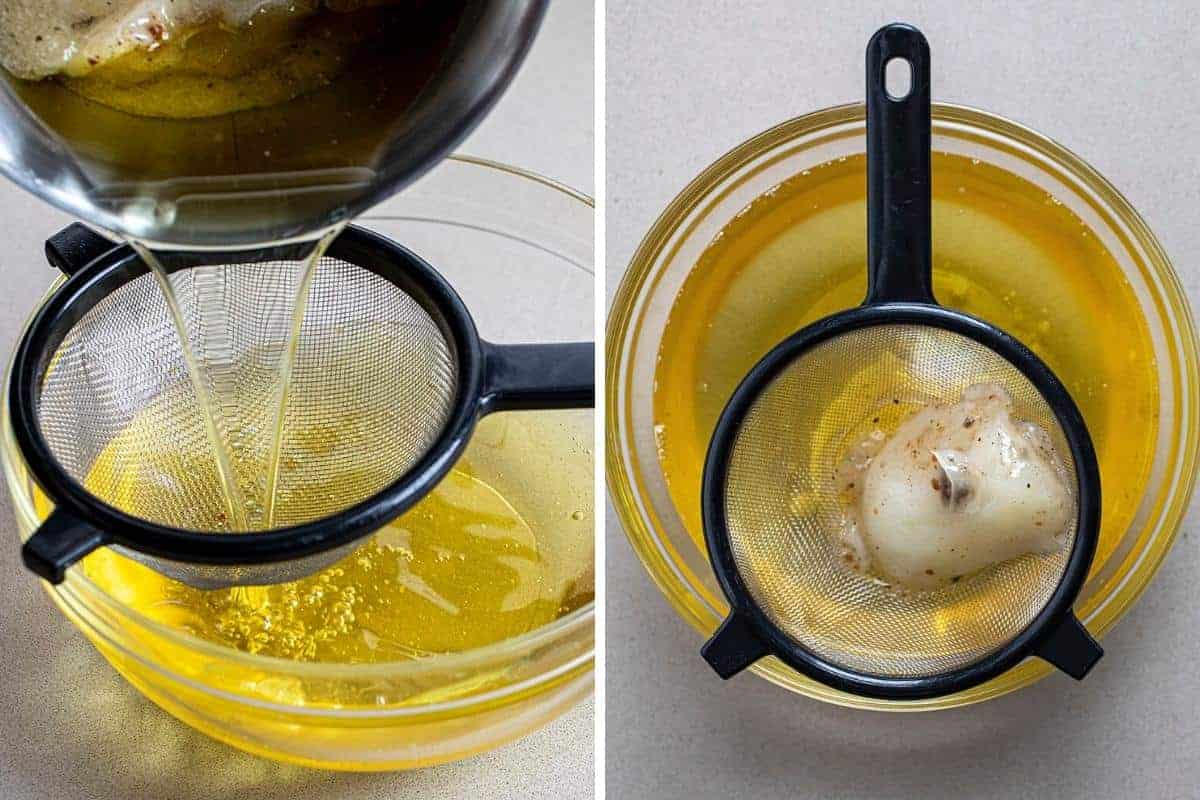

Articles
How To Store Used Cooking Oil
Modified: February 24, 2024
Learn the proper way to store used cooking oil with our informative articles. Keep your kitchen clean and safe with these helpful tips.
(Many of the links in this article redirect to a specific reviewed product. Your purchase of these products through affiliate links helps to generate commission for Storables.com, at no extra cost. Learn more)
Introduction
Properly storing used cooking oil is essential for maintaining its quality and ensuring its safe use in future cooking endeavors. Many home cooks often overlook the importance of proper storage, inadvertently diminishing the flavor of their dishes or even causing potential health hazards. In this article, we will delve into the significance of storing used cooking oil correctly, discuss the materials needed, provide step-by-step instructions, offer tips to extend its shelf life, highlight common mistakes to avoid, and explore disposal options.
Used cooking oil, often referred to as “waste oil,” is a byproduct of cooking processes such as frying and sautéing. It can be derived from various sources, including vegetable oil, olive oil, and animal fat. While it may seem tempting to dispose of used cooking oil down the drain or toss it in the trash, these improper disposal methods can lead to clogged pipes, environmental pollution, and potential health hazards.
By taking the time to store used cooking oil properly, you can not only prevent these negative consequences but also save money by reusing the oil for future cooking endeavors. So, let’s dive in and discover the best practices for storing used cooking oil!
Key Takeaways:
- Properly storing used cooking oil is crucial for maintaining its quality, preserving flavors, and preventing health hazards. Follow steps, avoid common mistakes, and consider responsible disposal options to make the most of your cooking oil.
- By storing used cooking oil correctly, you can extend its shelf life, reduce waste, and maintain food safety. Use the right materials, follow proper techniques, and consider reusing or recycling options for a cleaner and safer kitchen environment.
Read more: How To Store Used Peanut Oil
Importance of Properly Storing Used Cooking Oil
Properly storing used cooking oil is of utmost importance for several reasons. Firstly, it helps to preserve the quality of the oil, ensuring that it remains fresh and suitable for future culinary uses. When exposed to light, air, and high temperatures, cooking oil can deteriorate, resulting in rancidity. Rancid oil not only develops an unpleasant taste and odor but also loses its nutritional value.
Moreover, storing used cooking oil correctly helps to prevent the growth of harmful bacteria. When oil is exposed to moisture or left in an unsealed container, it becomes a breeding ground for bacterial growth. Consuming contaminated oil can lead to foodborne illnesses, causing discomfort, digestive issues, and even serious health complications.
Another benefit of proper storage is that it aids in maintaining the flavor of the oil. Used cooking oil contains remnants of the foods it was cooked with, which can give it a distinct taste and aroma. By storing the oil in airtight containers, away from strong odors, you can preserve its flavors without any cross-contamination.
By storing used cooking oil correctly, you not only maintain its quality but also reduce waste. Reusing oil is an environmentally-friendly practice, as it reduces the demand for new oil and minimizes the carbon footprint associated with its production. Proper storage allows you to extend the lifespan of the oil, ensuring that you make the most of each batch you use.
Overall, the importance of properly storing used cooking oil cannot be overstated. It promotes food safety, preserves the oil’s quality, maintains its flavors, and reduces waste. So, let’s now explore the materials needed and the steps involved in storing used cooking oil correctly.
Materials Needed for Storing Used Cooking Oil
To store used cooking oil properly, you will need a few materials to ensure its safety and longevity. Here are the essential items you’ll need:
- Container: Choose a container specifically designed for storing oil. It should be made of a durable material, such as glass or stainless steel, which will not react with the oil and affect its quality. Avoid using plastic containers as they can absorb odors and may not provide a secure seal.
- Strainer: A fine-mesh strainer or cheesecloth will help remove any food particles or impurities from the used oil before storage. This step is crucial to prevent spoilage and maintain the oil’s freshness.
- Funnel: Using a funnel will make it easier to transfer the used cooking oil from the cooking vessel to the storage container without any spills or messes.
- Label: It’s important to label the storage container with the type of oil and the date it was stored. This will help you keep track of the oil’s freshness and avoid confusion in the future.
- Cooling Rack: A cooling rack is useful to place the cooking vessel on after frying, allowing the excess oil to drain off before transferring it to the storage container.
- Storage Location: Find a cool, dark, and dry place to store the used cooking oil. Direct sunlight and heat can accelerate oil deterioration, so avoid storing it near stoves or windows.
With these materials in hand, you are now ready to embark on the journey of properly storing your used cooking oil. The next section will guide you through the step-by-step process to ensure that your oil remains fresh, flavorful, and safe for future use.
Steps to Store Used Cooking Oil Properly
Properly storing used cooking oil is a straightforward process that involves a few simple steps. Follow these guidelines to ensure that your oil remains fresh and ready for future culinary adventures:
- Allow the oil to cool: After using the oil for cooking, allow it to cool completely. Hot oil can cause burns and is more likely to spill during the storage process.
- Strain the oil: Using a fine-mesh strainer or cheesecloth, strain the used cooking oil to remove any food particles or impurities. This step is crucial to prevent spoilage and maintain the quality of the oil.
- Prepare the storage container: Clean and dry the storage container thoroughly. Ensure that it is free from any residue or moisture that could contaminate the oil. If needed, sterilize the container by rinsing it with a mixture of hot water and vinegar.
- Transfer the oil: Using a funnel, carefully transfer the strained oil from the cooking vessel to the storage container. Take your time to avoid spills or messes.
- Seal the container: Ensure that the storage container is tightly sealed to prevent air and moisture from entering. This will help maintain the quality and freshness of the oil.
- Label the container: Clearly label the container with the type of oil and the date it was stored. This will help you keep track of its freshness and ensure that you use the oldest oil first.
- Store in a suitable location: Find a cool, dark, and dry place to store the container of used cooking oil. Avoid exposure to direct sunlight and heat, as they can accelerate the degradation of the oil.
By following these steps, you can store your used cooking oil properly and ensure that it remains fresh and flavorful for future use. Now, let’s explore some tips to extend the shelf life of used cooking oil and get the most out of it.
After using cooking oil, let it cool completely. Strain out any food particles and store it in a sealed container. Keep it in a cool, dark place to extend its shelf life.
Tips for Extending the Shelf Life of Used Cooking Oil
Want to get the most out of your used cooking oil and extend its shelf life? Follow these handy tips to ensure that your oil stays fresh and usable for longer:
- Strain before each use: Before using the oil for cooking, strain it through a fine-mesh strainer or cheesecloth to remove any food particles or impurities that may have entered during storage. This will help maintain the oil’s quality and prevent degradation.
- Avoid mixing different types of oil: It’s best to store each type of oil separately. Mixing different oils can alter the flavors and lead to faster spoilage.
- Keep the container tightly sealed: Exposure to air can lead to oxidation, causing the oil to become rancid. Always ensure that the storage container is tightly sealed to prevent air from entering.
- Store in a cool location: Heat accelerates the degradation process of cooking oil. Keep the container in a cool place away from direct sunlight and stovetops to prevent the oil from spoiling quickly.
- Avoid storing near strong odors: Used cooking oil can easily absorb strong odors from other foods. Keep it away from pungent ingredients or strong-smelling substances to maintain its original flavor.
- Check for signs of spoilage: Regularly inspect the stored oil for any signs of spoilage, such as a foul odor, mold growth, or a cloudy appearance. If any of these signs are present, it is best to discard the oil.
- Use within a reasonable timeframe: While properly stored cooking oil can last for several months, it is best to use it within a reasonable timeframe to ensure freshness and flavor. Aim to use the oil within 3-6 months for optimal results.
By following these tips, you can prolong the shelf life of your used cooking oil and make the most out of each batch. Now that you know how to properly store and extend the lifespan of your oil, let’s explore some common mistakes to avoid in the next section.
Read more: How To Store Used Frying Oil
Common Mistakes to Avoid when Storing Used Cooking Oil
While storing used cooking oil may seem like a simple task, there are common mistakes that many people make that can compromise the quality and safety of the oil. By avoiding these mistakes, you can ensure that your oil remains fresh and ready for future use. Here are the common mistakes to avoid when storing used cooking oil:
- Not allowing the oil to cool: Pouring hot oil into a storage container can cause the container to crack or warp. Always allow the oil to cool completely before transferring it to a storage container.
- Using improper storage containers: Using the wrong type of container can lead to a faster deterioration of the oil. Avoid using plastic containers as they can absorb odors and may not provide a secure seal. Opt for glass or stainless steel containers instead.
- Not straining the oil: Failing to strain the oil before storage can lead to the accumulation of food particles and impurities, which can accelerate spoilage. Always strain the oil to remove any debris and ensure its cleanliness.
- Storing in the refrigerator: Storing used cooking oil in the refrigerator may seem like a logical choice, but it can cause the oil to solidify and become difficult to use. The refrigerator is best reserved for fresh oils, while used oil should be stored at room temperature.
- Exposing the oil to light and heat: Light and heat can accelerate the degradation process of cooking oil, causing it to go rancid quicker. Store the oil in a cool, dark place away from direct sunlight and heat sources.
- Not properly sealing the container: A properly sealed container is crucial for preventing air and moisture from entering, which can lead to the development of bacteria and spoilage. Always ensure that the storage container is tightly sealed.
- Keeping oil for an extended period: While used cooking oil can be stored for a few months, storing it for too long can result in a decline in quality and flavor. Aim to use the oil within a reasonable timeframe.
By avoiding these common mistakes, you can maintain the quality, freshness, and safety of your used cooking oil. Now, let’s explore the various options for disposing of used cooking oil responsibly.
Disposal Options for Used Cooking Oil
When it comes to disposing of used cooking oil, it is important to be mindful of the environmental impact and potential hazards. Improper disposal can harm the environment, clog drains, and even cause health hazards. Here are some responsible disposal options for used cooking oil:
- Reuse or recycle: One of the best ways to dispose of used cooking oil is to reuse it. If the oil is still in good condition and has been properly stored, you can use it for future cooking, such as frying or sautéing. Alternatively, some recycling centers and waste management facilities accept used cooking oil for recycling, which can be converted into biodiesel or other useful products.
- Properly containerize and dispose: If reusing or recycling is not an option, you can properly containerize the used cooking oil and dispose of it in the trash. Pour the cooled oil into a sealable container, such as a plastic bottle or jar, and securely seal it. Be sure to check with your local waste management guidelines for specific rules and regulations on disposing of used cooking oil in your area.
- Locate a collection site: Many communities have designated collection sites or events where you can drop off your used cooking oil for proper disposal. Check with your local authorities, recycling centers, or environmental organizations to find out if there are any collection programs in your area.
- Grease recycling programs: Some cities or municipalities offer grease recycling programs where you can bring your used cooking oil to specific locations or arrange for curbside pickup. These programs aim to collect and recycle used oils to prevent them from ending up in landfills or causing issues with sewage systems.
- Sustainable soap-making: For the crafty individuals, another creative option for disposing of used cooking oil is to use it as an ingredient in homemade soap. There are various soap-making recipes available that incorporate used cooking oil, providing a sustainable and eco-friendly way to repurpose the oil.
Remember to always check with local regulations and guidelines regarding the appropriate disposal methods for used cooking oil in your area. By utilizing responsible disposal options, you can help protect the environment and minimize the negative impacts of used cooking oil.
Now that you have a better understanding of the disposal options, we can conclude our exploration of storing and handling used cooking oil.
Conclusion
Properly storing used cooking oil is crucial for maintaining its quality, preserving its flavors, and preventing potential health hazards. By following the steps and tips outlined in this article, you can ensure that your used cooking oil remains fresh, safe, and ready for future culinary adventures.
Remember to allow the oil to cool, strain it to remove any impurities, and transfer it to a suitable storage container. Seal the container tightly, label it, and store it in a cool, dry place away from direct sunlight and heat sources. By avoiding common mistakes such as improper container selection, failure to strain the oil, and exposure to light and heat, you can prolong the shelf life of your used oil and maintain its quality.
If possible, consider reusing or recycling the used cooking oil to reduce waste and environmental impact. Look for recycling programs, collection sites, or consider converting it into biodiesel. If reuse or recycling is not possible, ensure that you properly containerize the oil and dispose of it according to local waste management guidelines.
By taking these steps and making responsible choices, you can play a part in protecting the environment, maintaining food safety, and reducing waste.
So, the next time you finish cooking a delicious meal, don’t overlook the importance of properly storing your used cooking oil. With the right materials, proper techniques, and responsible disposal options, you can make the most of your cooking oil, while ensuring a cleaner and safer kitchen environment.
Frequently Asked Questions about How To Store Used Cooking Oil
Was this page helpful?
At Storables.com, we guarantee accurate and reliable information. Our content, validated by Expert Board Contributors, is crafted following stringent Editorial Policies. We're committed to providing you with well-researched, expert-backed insights for all your informational needs.
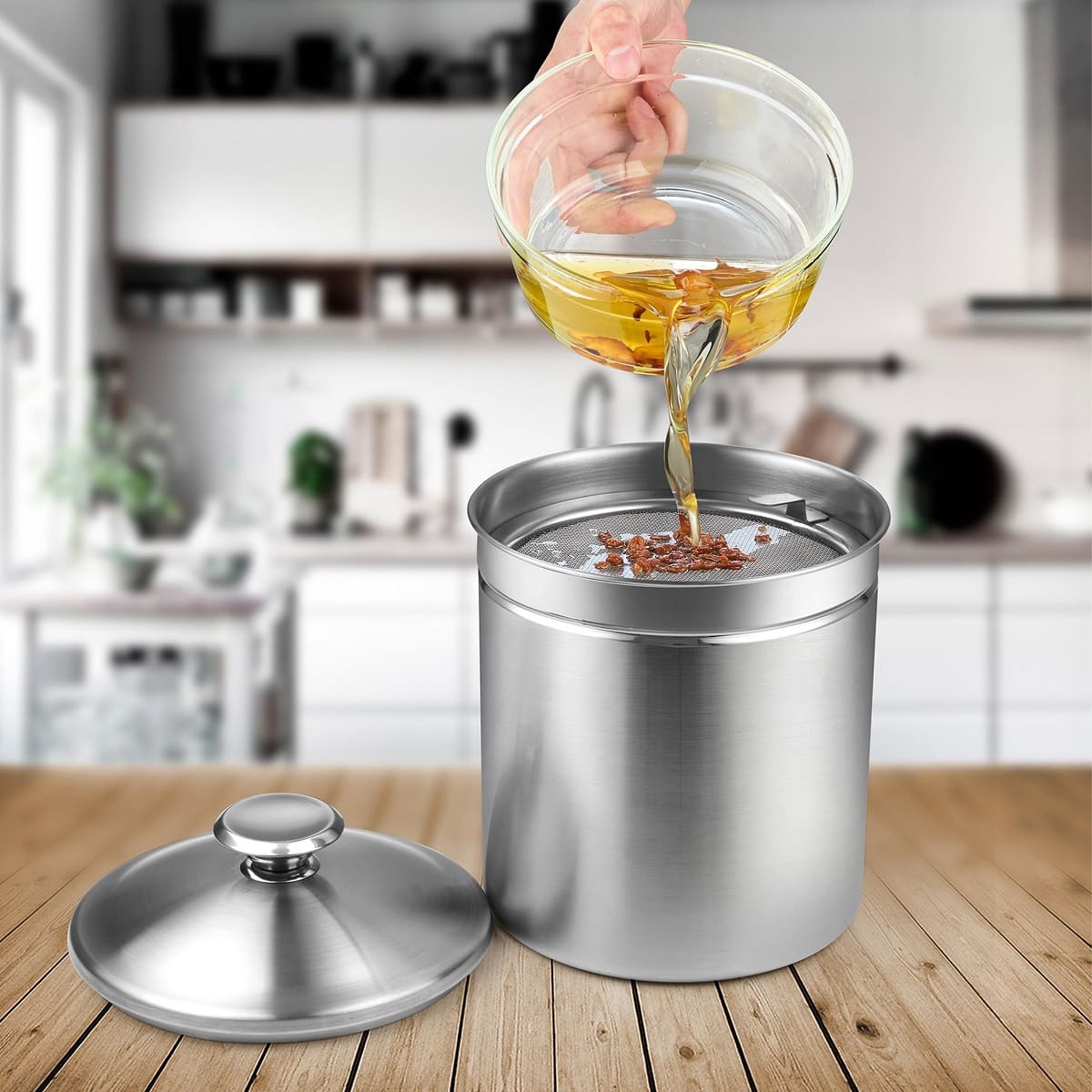
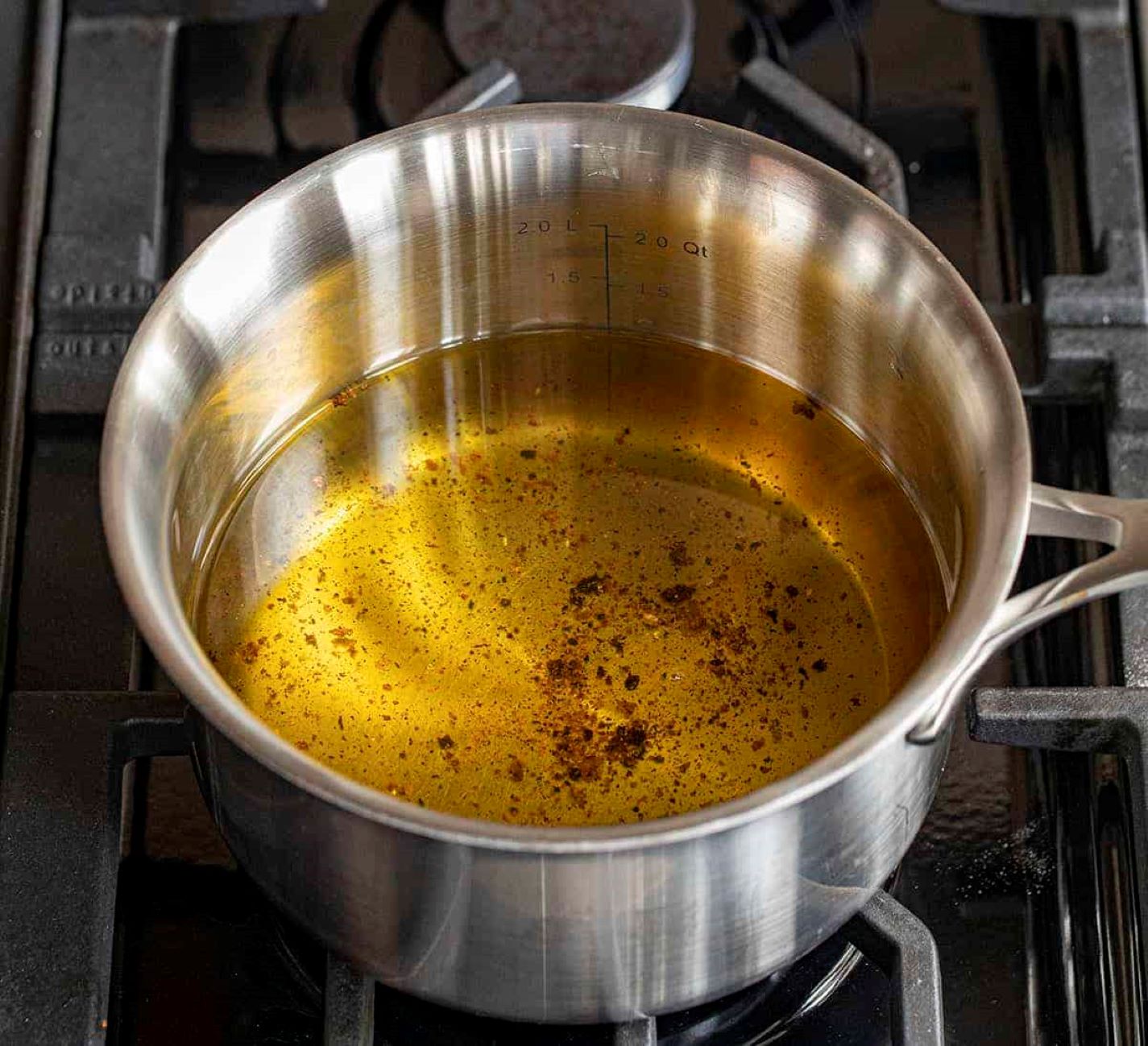
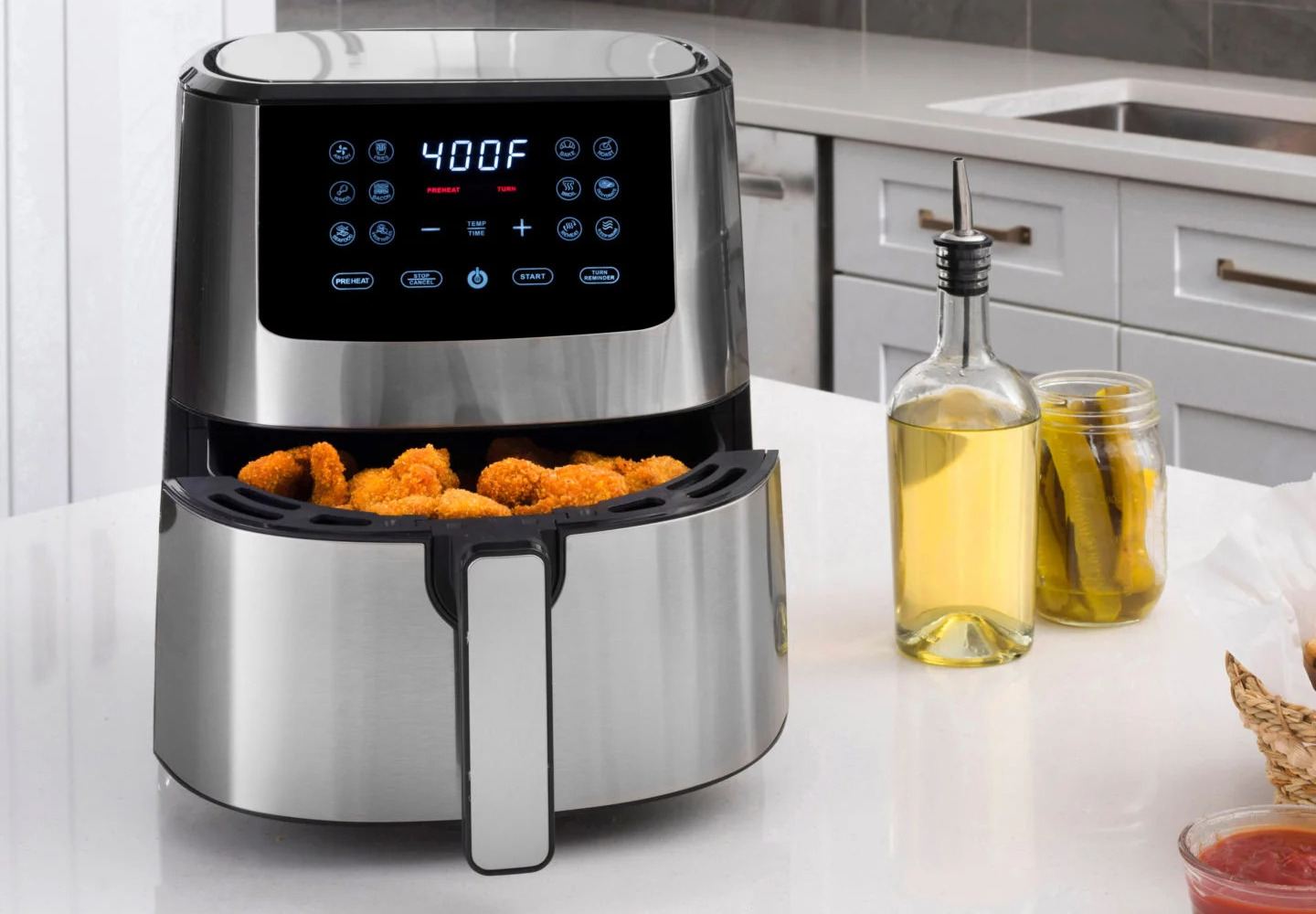
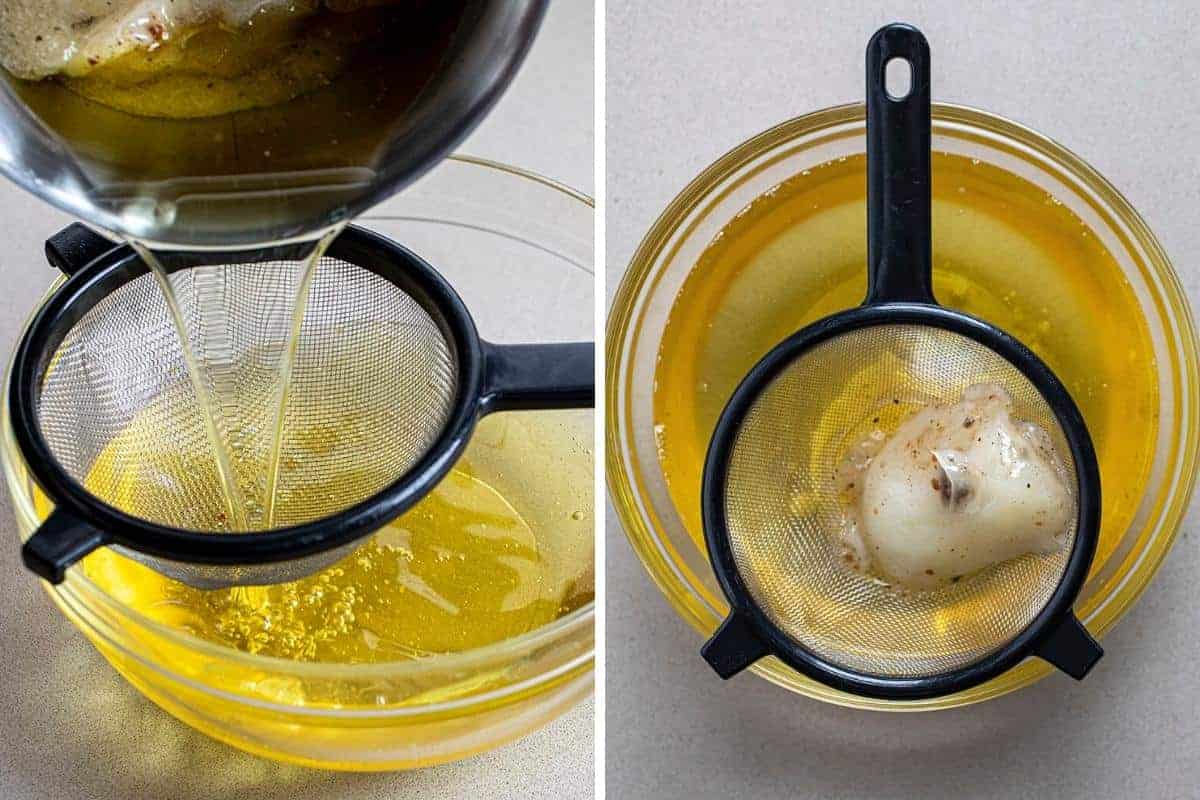
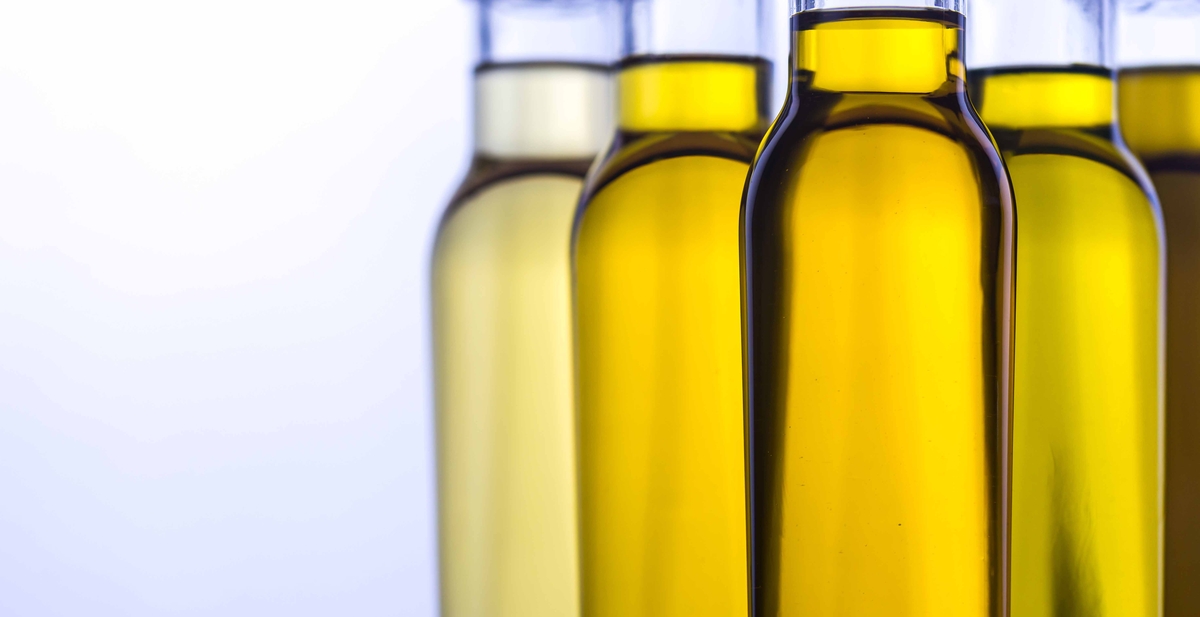
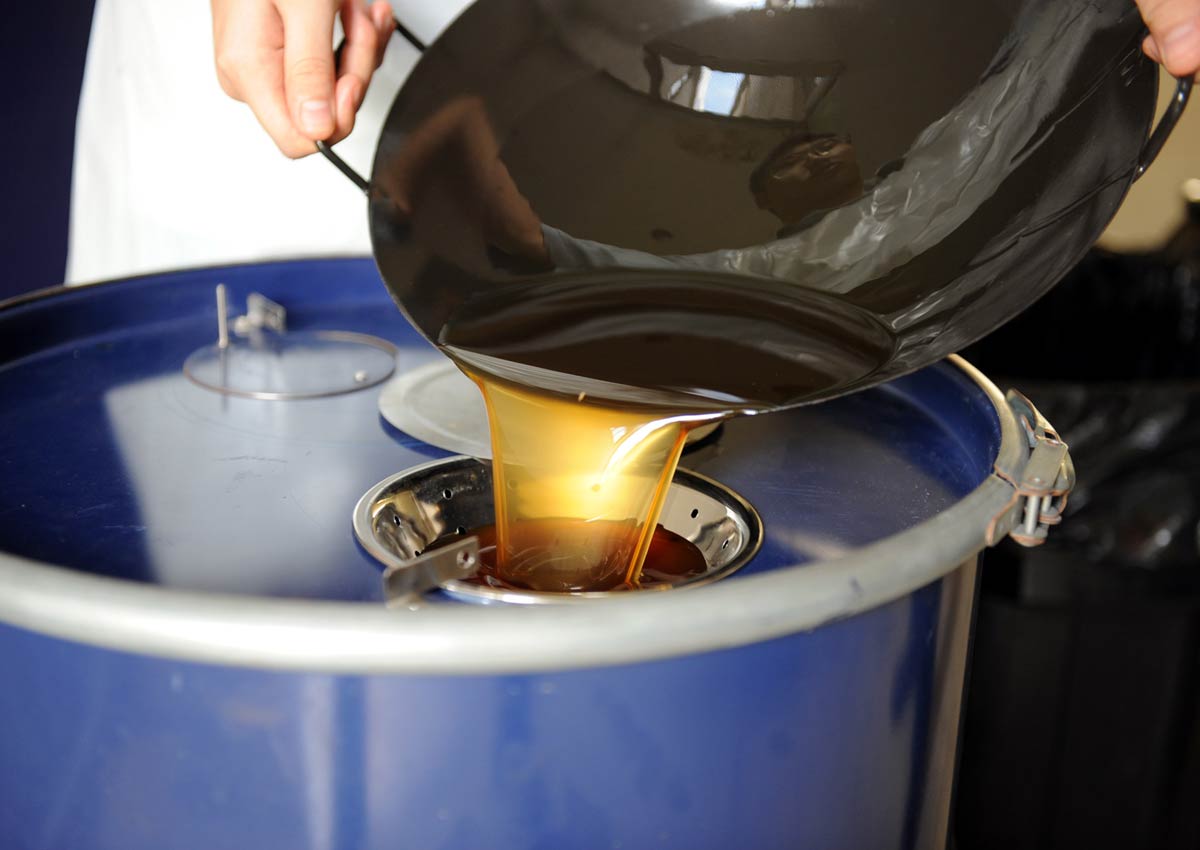
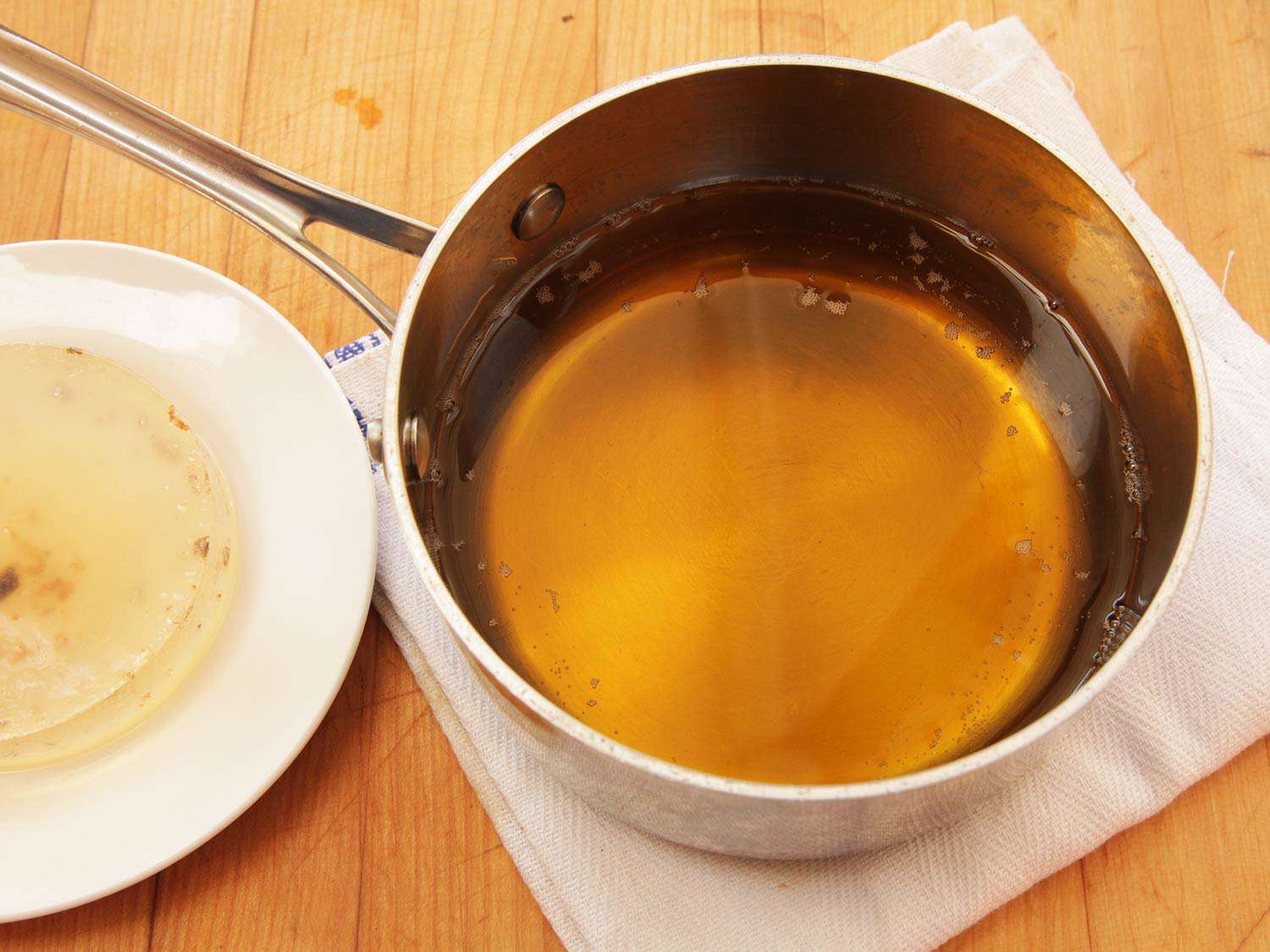
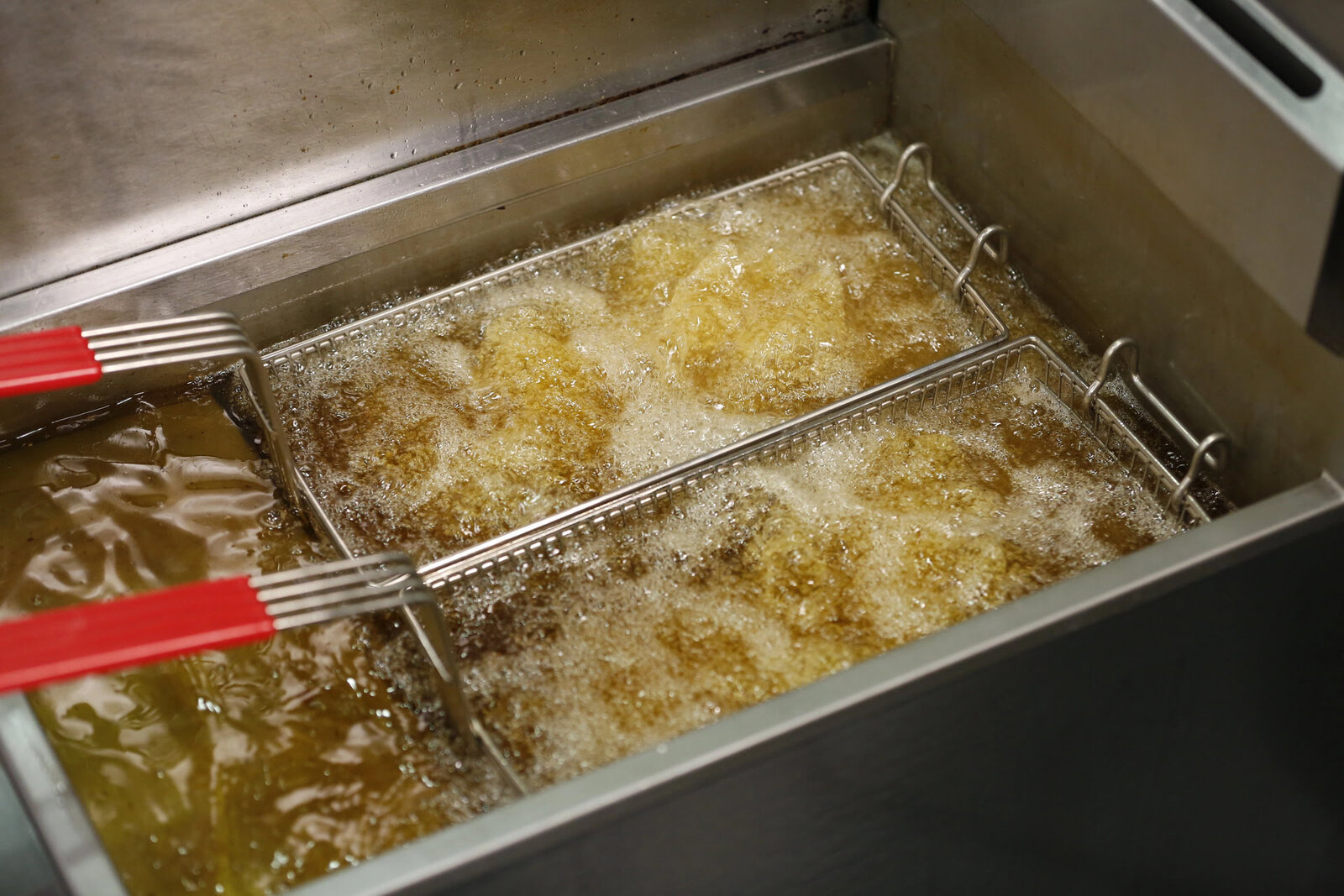
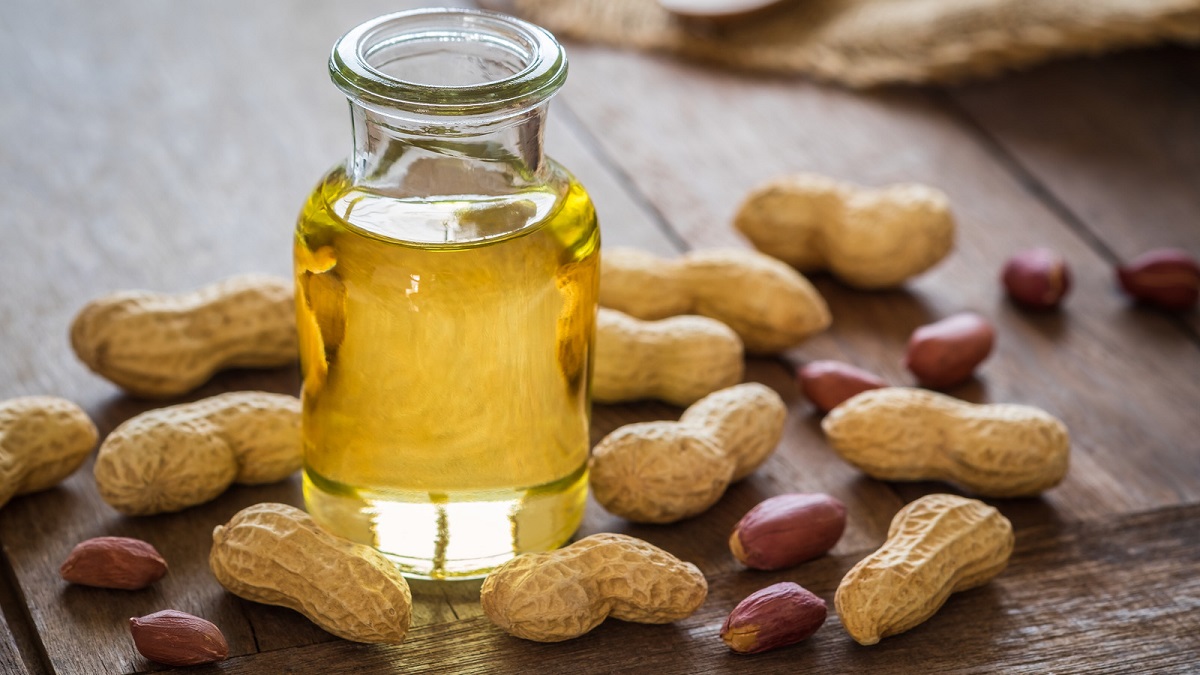
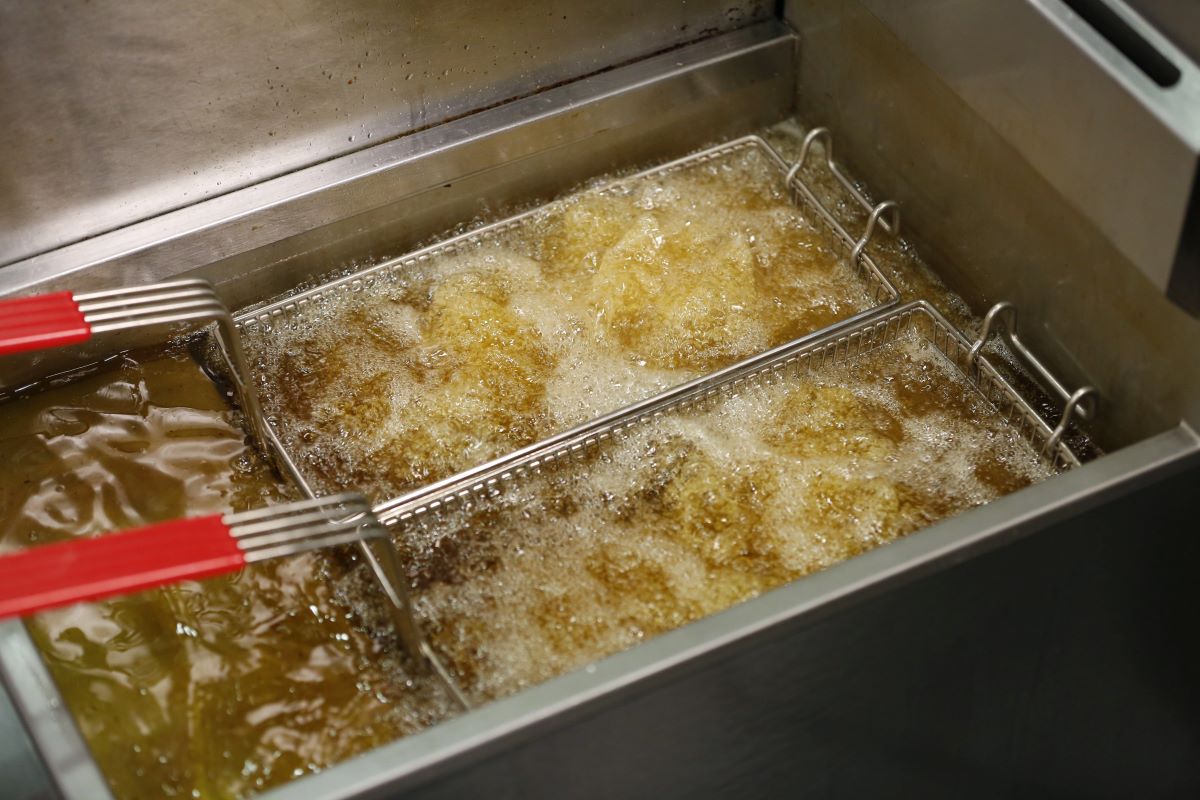
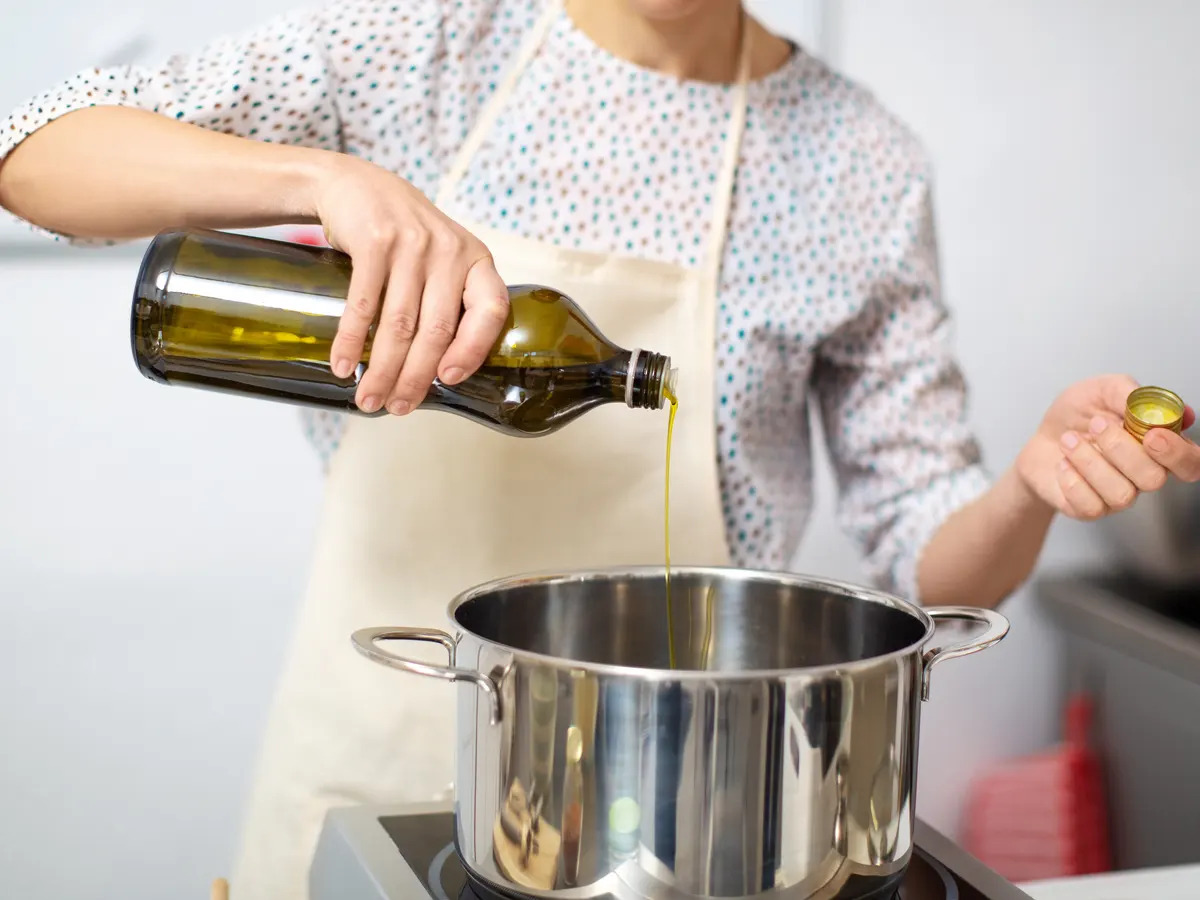
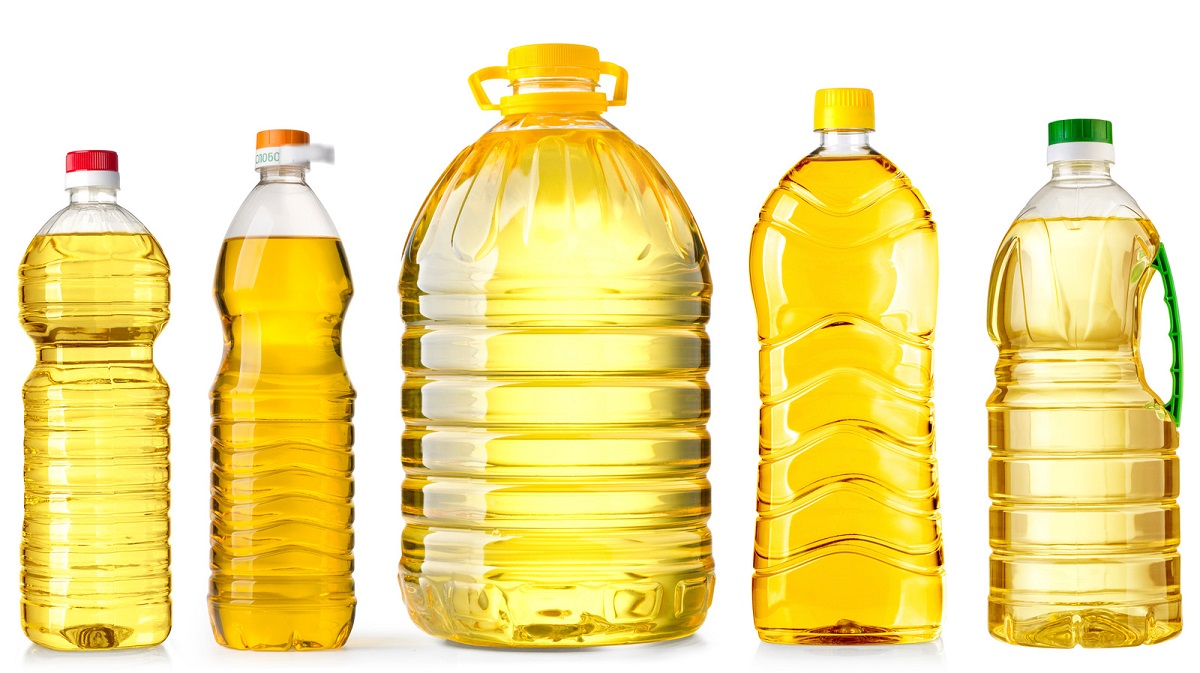
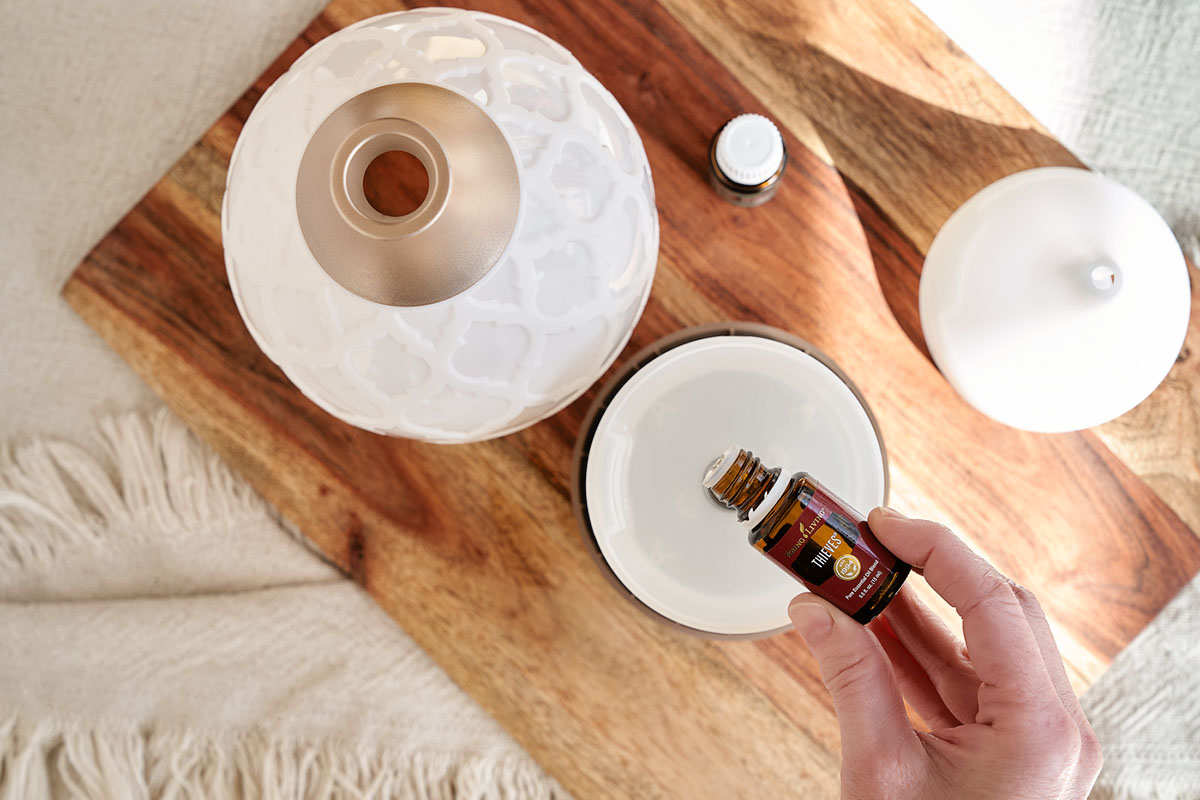


0 thoughts on “How To Store Used Cooking Oil”